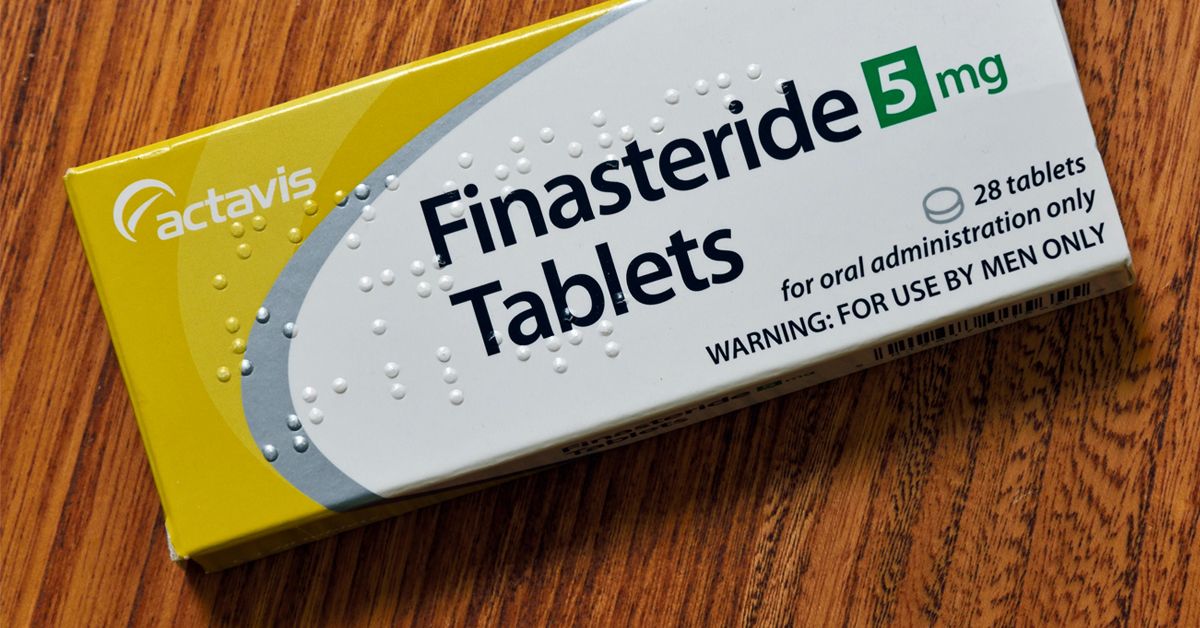A new commentary warns that men who take finasteride for hair loss may face increased risks of depression, anxiety and suicidal behavior. Mayer Brezis, PhD, a professor of medicine at Hebrew University in Jerusalem, reviewed published analyses and database studies and criticizes Merck (the original manufacturer) and U.S. regulators for not doing enough to investigate or warn the public about potential psychiatric harms from a drug prescribed primarily for a cosmetic indication.
What the review found
– Brezis reviewed four independent analyses of adverse-event reporting systems and four studies that mined healthcare records (research published 2017–2023). He concluded these studies show a “significant increase in the risk for depression, anxiety, and/or suicidal behavior” in people taking finasteride for hair loss, and that such risks can persist after the drug is stopped.
– Brezis says concerns date back to 2002 and that delays in recognizing and communicating risks may have exposed hundreds of thousands of men to harm and contributed to hundreds of suicides.
Expert responses
– Urologist Ramkishen Narayanan, MD, and dermatologist Anthony Oro, MD, told Healthline the commentary highlights an area needing more detailed research but is not itself definitive proof that finasteride causes these outcomes. Oro emphasized the paper is a commentary summarizing prior studies, not a new study.
– Ken Williams, DO, noted men seeking hair-loss treatment often already have lower self-esteem and higher rates of depression; the population taking 1 mg finasteride for hair loss may differ emotionally from men taking the higher 5 mg dose for enlarged prostate (BPH).
– Experts called for more rigorous studies to better define risks and populations most affected.
Manufacturer and regulatory actions
– Organon, the company now manufacturing finasteride products formerly made by Merck, said finasteride’s safety and efficacy are well-established and that regulatory agencies worldwide reviewed the data before approval and continue post-marketing surveillance. The company urged patients to discuss concerns with their doctors.
– The FDA added depression to finasteride’s label in 2011 and added suicidality as a possible side effect in 2022. Reports to regulators have included more than 700 cases of suicidal thoughts or attempts among finasteride users, according to news reports.
Dosing and possible explanations
– The typical finasteride dose for male pattern hair loss is 1 mg (Propecia); the 5 mg dose (Proscar) is used for BPH. Brezis’ review found no evidence of higher risk at the 5 mg dose, which raises the possibility that risk differences relate to the hair-loss population rather than dose alone.
– Clinicians note men bothered enough by hair loss to seek treatment may already have psychological vulnerability; social and marketing factors may also play a role.
Calls for changes
– Brezis urged immediate changes in how drugs like finasteride are approved, monitored and prescribed: suspend cosmetic marketing until safety is established, require and enforce better post-marketing studies, and systematically record drug histories in suicide investigations.
– Clinicians in the article recommended a multidisciplinary approach when prescribing finasteride for hair loss: assess mental-health history, consider therapy or psychiatric treatment if needed, and discuss alternatives and risks with patients. If psychiatric adverse effects occur, physicians advised stopping the medication and investigating further.
Known side effects and other notes
– Finasteride is available as oral tablets under brand names such as Propecia and Proscar and as generics. Topical finasteride formulations have shown benefit in some studies, but regulators have warned about potential risks with compounded topical products.
– Common sexual and other side effects reported include decreased libido, erectile dysfunction, increased breast size, and skin rash. Less common but serious effects listed include depression, swelling of the lips/tongue/throat/face, and nipple discharge.
– Androgenetic alopecia (male pattern baldness) affects a large portion of men—about two-thirds by age 35 and roughly 85% by age 50—and is often hereditary and androgen-driven.
Practical advice
– Patients considering finasteride should read the drug information, discuss personal risk factors and mental-health history with their prescriber, and weigh potential benefits against possible psychiatric and sexual side effects. Clinicians should screen for existing mental-health issues, consider nonpharmacologic options when appropriate, and monitor patients for new or worsening depression or suicidal thoughts after starting finasteride.
– Experts also cautioned against purchasing finasteride through online marketing channels without medical oversight and urged regulated patient-physician interactions when prescribing the drug.






